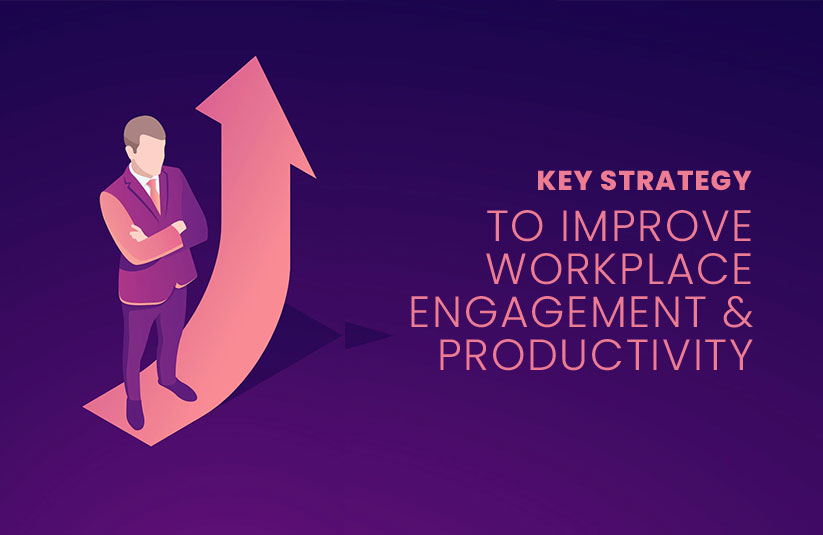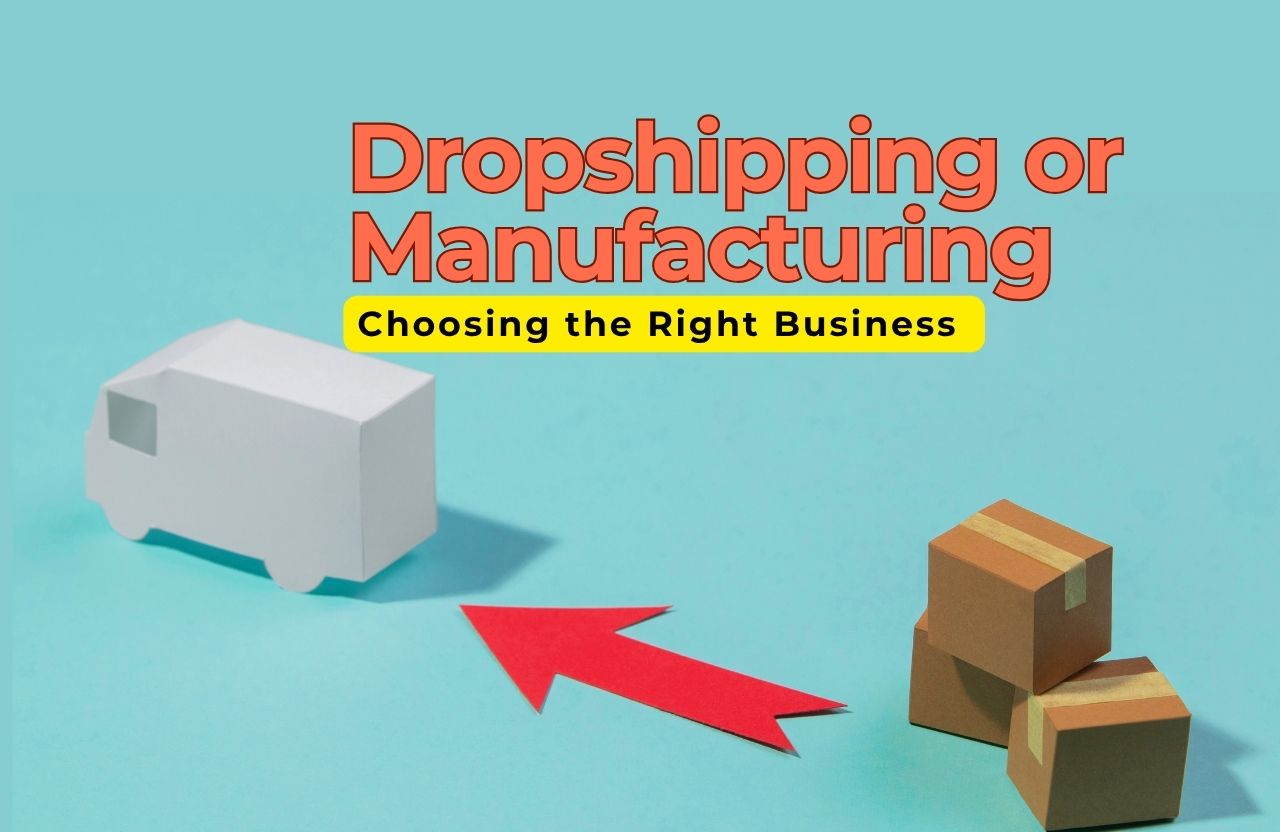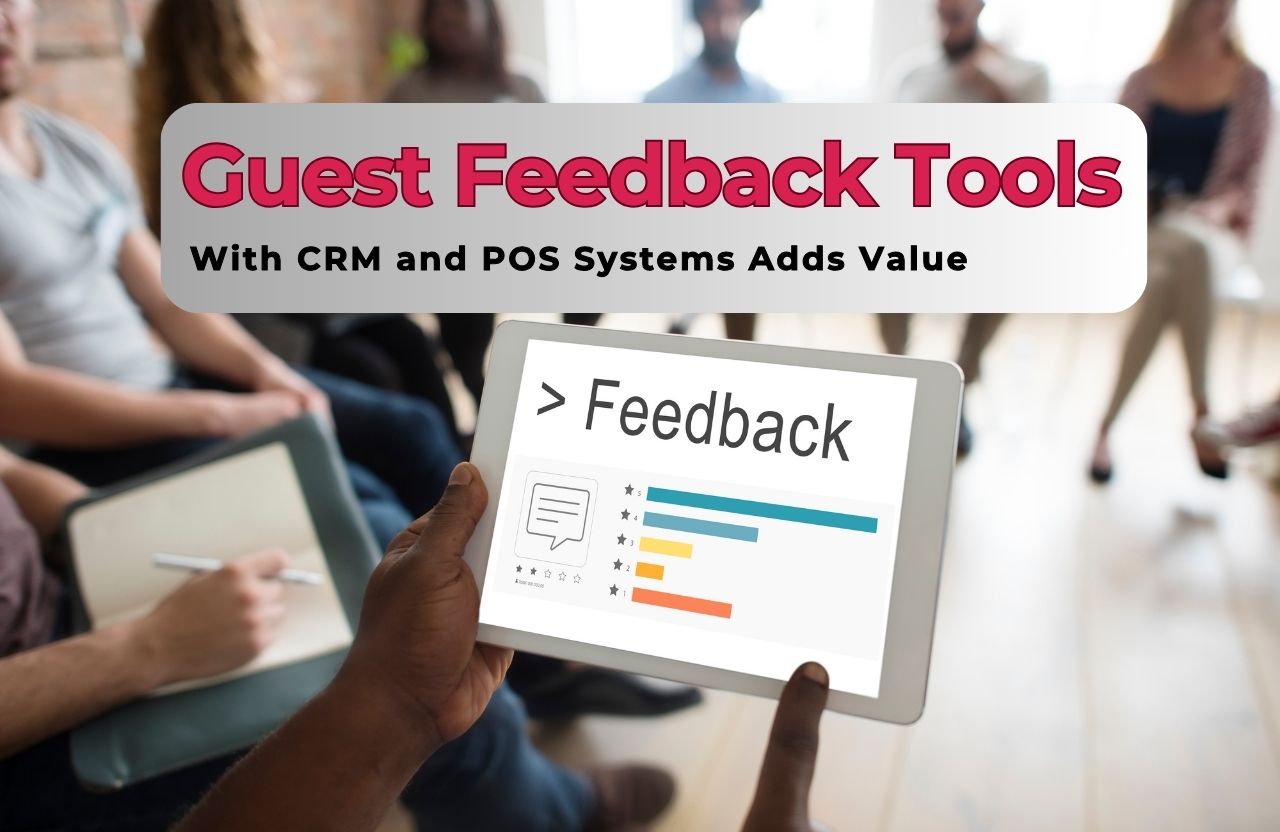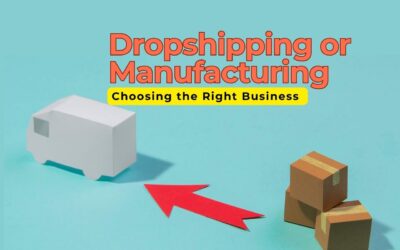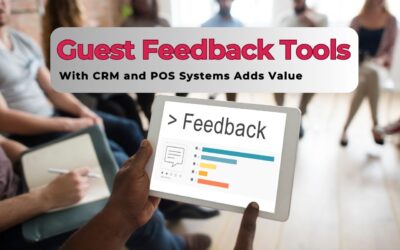What distinguishes a work environment as such? Is it the office space, the machinery, or the opulent amenities? No, the human workforce, usually referred to as human capital, is what determines the standard of the workplace and the direction of the company. Corporate leaders have realised they need to focus on the entire employee lifecycle in addition to acquisition and recruitment as a result of the emergence and growth of the knowledge economy. They acknowledge the need of discovering feasible employee engagement tactics to increase productivity, maximise their human capital investment and turn them into high-ROI assets for the business.
An effective employee engagement strategy will enable employees to enhance not only their performance but also the organisation as a whole, resulting in more profitability, better customer retention, improved talent acquisition and retention, decreased employee turnover, and a safer workplace. This boosts the organization’s bottom line on a quarterly basis and secures its long-term success.
The word “strategy” has been used to describe the actions you can take to make sure that the employees develop a strong emotional bond with the company and, most importantly, the work they are assigned to do. In light of this, every workable employee engagement strategy consists of the following three components:
- Physical: The work requires a lot of energy from the staff. The degree of task complexity reflects the specific skill sets of the workforce.
- Emotional: Employees who are emotionally invested in their work are aware of the importance of what they do. While performing it, they experience inspiration and challenge, and when they’re done, they feel accomplished.
- Cognitive: Workers start to become absorbed in their task and enter a state of flow.
Top 5 Employee Engagement Strategies
Ask their opinion
Not the roof, but the proper foundation must come first when building a house! It is appropriate for key decisions in the organisation to begin with the lowest levels of management, your employees. Conduct surveys and questionnaires that let your staff voice their ideas and issues. Your employee engagement plan may benefit from a survey. They feel more valued, entitled, respected, and like members of the group the more you solicit their thoughts.
Transparency
Keeping the workforce out of the dark is the first step in fostering employee engagement. Companies that behave secretively and only share information with those who “need to know” it are likely to have lower employee engagement levels. When employees learn how business decisions will effect the workplace or how they should handle circumstances, transparency breeds trust. But does spreading information go far enough? No, there should be two-way communication; employees should be encouraged to voice their problems so they won’t feel disregarded or underappreciated.
Community participation
An organisation is essentially a community where each person helps the community as a whole while also carrying out a specialised role. Any engagement activity, from planning a significant annual event to as simple as taking a team out to lunch, can aid in fostering this sense of community among your employees.
Regardless of the organisational hierarchy, it is preferable to maintain a level of impartiality and equality where everyone feels valued by the group.
Recognition
Two out of every three workers believe they do not receive enough credit for their efforts. As a result, the majority of workers won’t perform to their full ability and can exhibit undesirable conduct. Additionally, highly skilled individuals are constantly looking for better alternatives.
It is sensible to establish a culture of appreciation, where good work is rewarded with bonuses and incentives. A few kind words and a token of appreciation can go a long way toward making others feel appreciated for their efforts.It’s important to note that all forms of appreciation must adhere to the organization’s mission, objectives, and guiding principles. After all, it’s about directing human resources in the proper way in order to achieve organic growth in your business.
Personal growth
This is a component of the human capital management phase of the process. You should nurture and develop each human resource you hire in order to contribute to the business growth. You are not only investing in the future of your business but also cultivating a sense of loyalty among your employees if you run a bespoke training programme or support higher education for your staff.
Keep in mind that every employee values working for a company that helps them advance their careers and enriches their personal life. Want to keep the best personnel in your company? Don’t be arrogant or selfish. Assure their personal development, and you will benefit.
Conclusion
A corporation must prioritise employee engagement. It improves performance retention, productivity, and innovation while enhancing your company’s reputation. Your entire leadership team must be on board with improving employee engagement, and a successful workplace engagement strategy demands careful planning. Don’t let it discourage you; having a highly engaged staff will increase profits, productivity, and employee retention.
FAQs
What are the benefits of workplace engagement?
It improves productivity, increases revenue, improves retention rates, lowers absenteeism, and enhances the quality of work.
How to improve productivity in the Workplace?
Emphasize company culture, encourage learning opportunities, align goals, identify performance, etc., in order to improve productivity in workplace.
Which can be help to increase organic growth?
Define your target, know your customers, create brand image, improve performance, provide offers, identify company’s core strength to increase organic growth.
